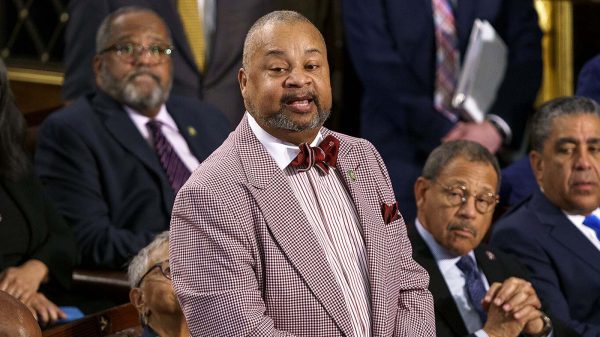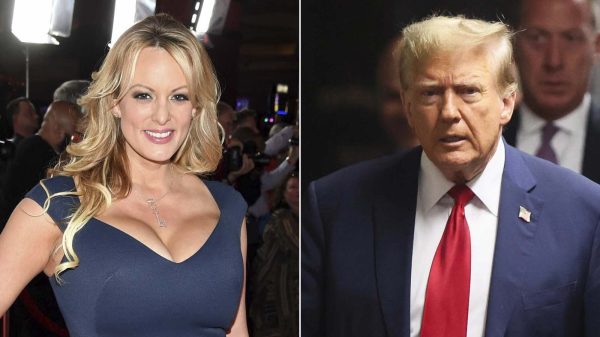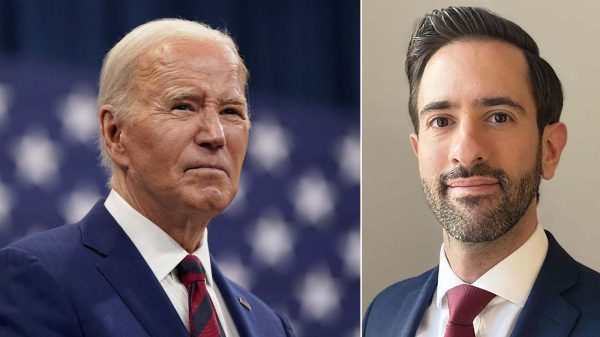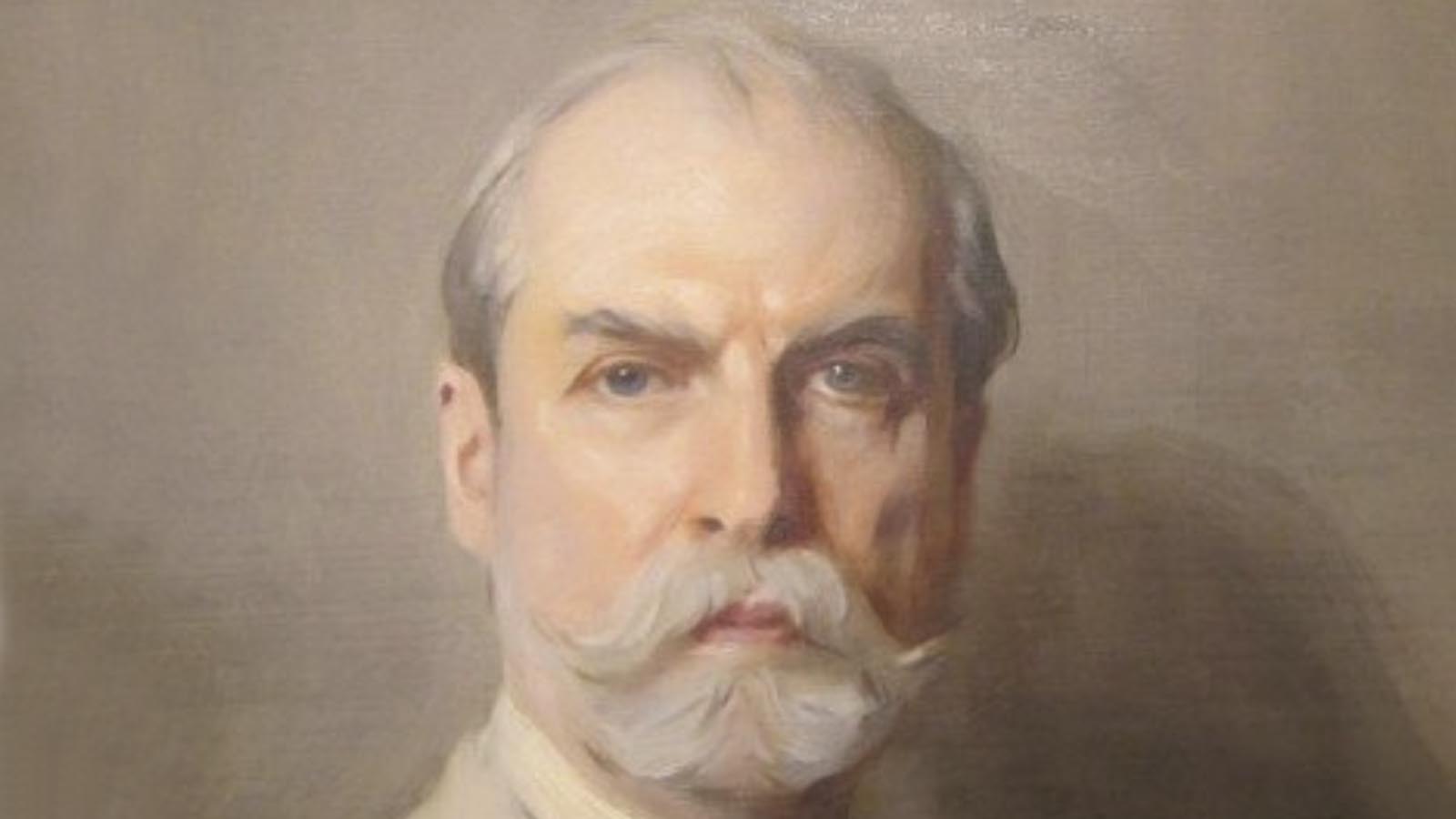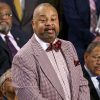On the anniversary of his birthday in New York state, Constitution Daily looks back at the career of Charles Evans Hughes, former Chief Justice and a man who lost the 1916 presidential election by 4,000 votes cast in California.
Hughes was a stalwart of the Republican Party in an era when the GOP dominated the White House. Between 1860 and 1932, Republicans sat in the Oval Office for 56 out of 72 years, with only Grover Cleveland and Woodrow Wilson winning elections as Democrats.
Hughes, however, never made it to the presidency, though he was incredibly close in 1916 as he contested Wilson’s re-election. Hughes reportedly went to sleep on Election Night believing that he had won after the New York Times announced that he was the winner, not taking California into account.
Hughes’s path to the 1916 GOP nomination as a third-ballot convention choice was filled with high-profile government positions. Hughes graduated first in his class at Columbia law and received a 99.5% score on his bar exams. A very successful private lawyer, Hughes ran for and won the governorship of New York state in 1906, defeating William Randolph Hearst.
Four years later, President William Howard Taft appointed Hughes to the United States Supreme Court. In June 1916, Hughes left the Court to jump into the contested 1916 Republican nomination race. Former President Theodore Roosevelt couldn’t attract enough support within the reunited party, and Republican leaders saw Hughes as a moderate who could compete with President Woodrow Wilson. Hughes led on all three convention ballots and left the Court on June 10th when he was nominated.
In the general election, Hughes had the advantage of being the candidate for the largest national political party. But his failure to gain the support of California Governor Hiram Johnson was seen as a tactical mistake that cost him the election.
Undaunted, Hughes returned to his private law practice, and he declined to run for President in 1920. Instead, newly elected President Warren Harding nominated Hughes as Secretary of State in 1921. In that office, Hughes directed the Washington Naval Conference and helped establish a professional foreign service.
Hughes resigned as Secretary when Calvin Coolidge started his first full term, but he continued in public service, serving on the Permanent Court of International Justice at The Hague. In 1930, President Herbert Hoover asked Hughes to return to the Supreme Court as Chief Justice.
During his second Court term, Hughes was known for his balanced handling of Court matters; his role in diffusing President Franklin Roosevelt’s efforts to pack the Supreme Court with favorable justices; and his famous 1937 letter to the Senate that stated, “the present number of justices is thought to be large enough so far as the prompt, adequate and efficient conduct of the work of the court is concerned.”
Hughes retired from the Supreme Court in 1941 at the age of 79 and died in 1948 while in Massachusetts. “He took his seat at the center of the Court with a mastery, I suspect, unparalleled in the history of the Court,” said Justice Felix Frankfurter.

